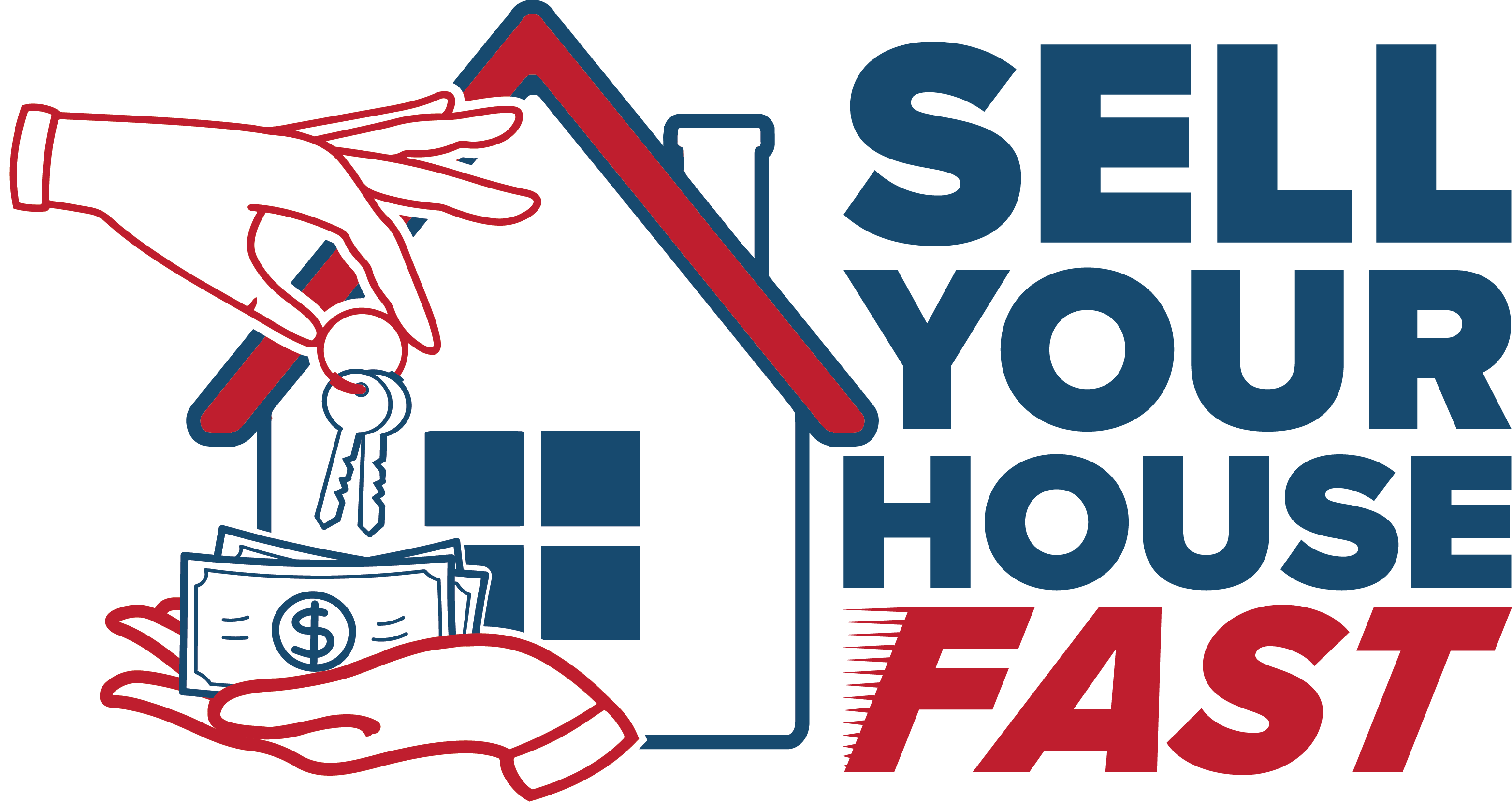Behind On Your Mortgage Loan?
If you have gotten behind on your mortgage loan payments, your lender may have already sent you a warning letter stating you are now on pre-foreclosure status. This would naturally beg the question, what does pre-foreclosure mean? However, the term is completely designed to scare you into bringing your loan current. It is meant to sound ‘ominous’, so you will be more likely to take immediate action to rectify the situation.
Don’t get it twisted, now – we’re not saying it isn’t a ‘thing’, because it is. But if you have a notice that says you’re in ‘pre-foreclosure’, unless you feel you can’t make the payments anymore, you have plenty of time until you face real trouble. Let’s go over the entire process and how it works, from beginning to end. Educating yourself on the topic is the first step in being able to fight the battle of a looming foreclosure.
How It Works When Taking Out A Mortgage Loan
When you take out a mortgage loan, it’s a more serious commitment than most. Not only is it typically for quite a chunk of change, it’s one of those things that is not easy to get out of, as well. This is why you sometimes have to jump through several hoops when qualifying for a mortgage loan. There are many different types of mortgage loans people can qualify for, including federal government guaranteed ones, like FHAs.
But regardless of what kind you have, there are certain rules that must be followed by everyone. One of those is to make the monthly payments on time – or lose our investment altogether. And we must sign extensive legal contracts to that effect.
Step 1 – Default or Pre-Foreclosure
Although some details vary by state, there is also a specific legal process that mortgage lenders must follow. In Nevada, the first step can be initiated towards foreclosure when the borrower is 120 days behind, and it’s called being in default. However, before a NOD (or Notice Of Default) can be filed, the lender must have already made several attempts to come up with an alternative to foreclosure with you, and often must provide you with a “breach letter” if specifically designated in your Deed of Trust.
Regardless, they must send you a letter at least 30 days prior to officially starting any foreclosure proceeding, and at least 30 days after the default, that contains your account information, history, the total amount needed to cure the default, and other pertinent information. This is called a Notice of Pre-Foreclosure, so if you receive one of these, know that they definitely mean business and intend to initiate foreclosure proceedings in 30 days. But all of this time beforehand is considered pre-foreclosure.
Step 2 – The NOD
A Notice Of Default and Election To Sell (NOD) is serious business, and is typically filed in the County Recorder’s office of the county the property is located in, by a third party Trustee. This is the first official legal step in recording the intention of foreclosure, and as such has its own requirements:
- A copy of the NOD must be sent to you (and anyone else with a vested interest in the property) within 10 days by registered or certified mail
- A copy of the NOD must also be posted on the actual physical property
- A notarized affidavit must accompany the NOD from the lender containing all account records, Trustee information etc., and proof that they sent the borrower the required notice aforementioned, at least 30 days prior
Step 3 – Mediation
In Nevada, any owner occupied home that has a mortgage in default and the foreclosure process has begun, is now offered mediation. State law requires that the borrower be afforded the opportunity to participate in mediation. If you have not been able to come up with a plan by now, this gives you one last chance to find some alternatives to foreclosure. As you can see, nearly throughout the entire process you are given every opportunity to make another arrangement, if necessary, so you don’t lose your home.
Step 4 – Danger Notice
At least 60 days prior to the date of the sale of your house, you must be provided with a ‘Danger Notice’ which states you are perilously close to losing your house due to foreclosure, and it also must include a copy of your original promissory note. This Danger Notice has to be either served to you personally, left with someone of suitable age and discretion plus a copy mailed to you, or be posted in a conspicuous place on the property plus a copy mailed to you.
Final Step – Notice Of Sale
One of the final steps in the foreclosure process is the Notice Of Sale (NOS). The NOS must not be sent until 90 days after the NOD was recorded, and either served to you personally or mailed by registered or certified mail, at least 20 days before the sale date. The NOS must also be posted on the property itself, 15 days prior to the sale date. There are other publishing requirements that must be followed by the Trustee or lender. A separate NOS for tenants must also be mailed, as well as posted on the property.
Additional Information
Legally, you have all the way up until 5 days prior to the sale date, to be able to reinstate your loan and avoid foreclosure proceedings. Pre-foreclosure is therefore a legitimate warning that foreclosure is being seriously considered, so take the steps necessary to avoid it now. Alternatives can be things like refinancing your loan, modifying your loan, changing the terms etc., but there may be more options than you realize.

And if all else fails, remember the fact that you can consult with a trusted source like Sell Your House Fast LV,and get a no obligation cash offer even if you’re in pre-foreclosure. They can often help people in situations like this.



